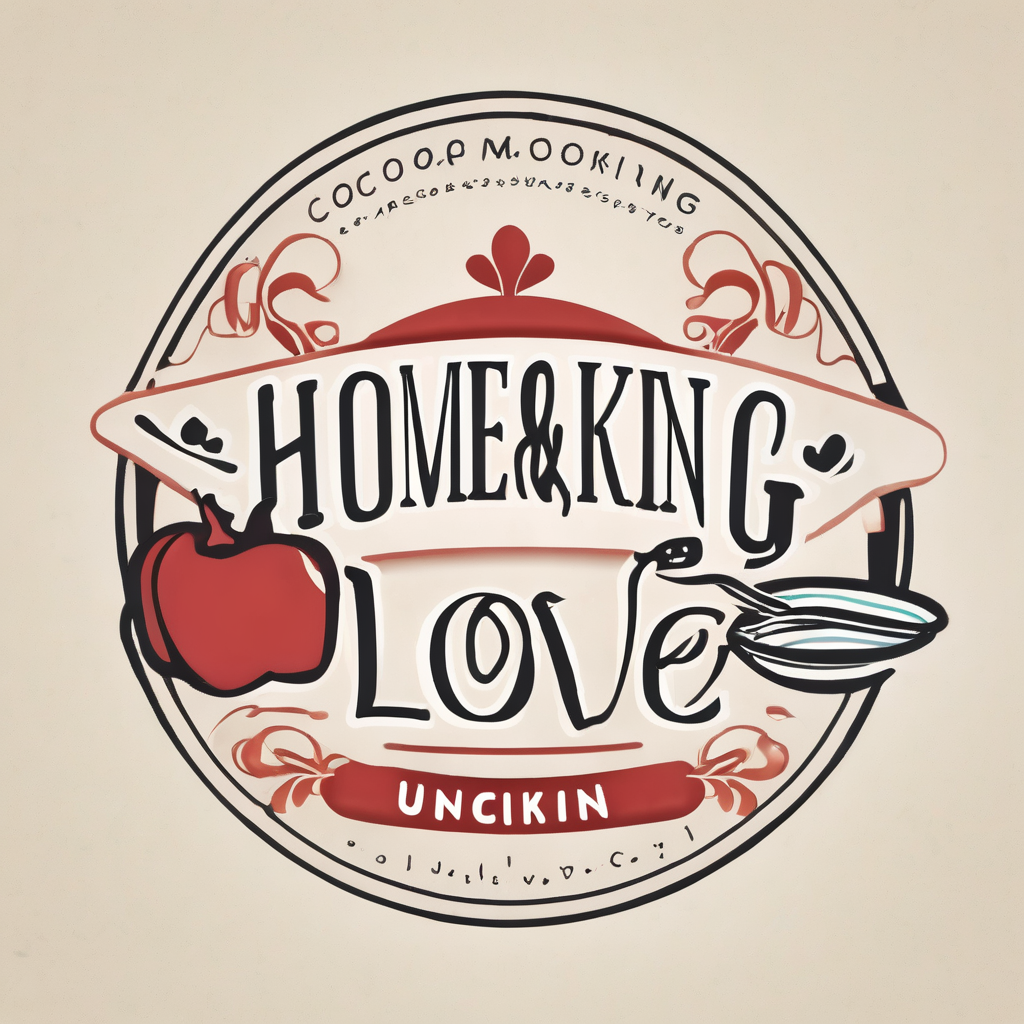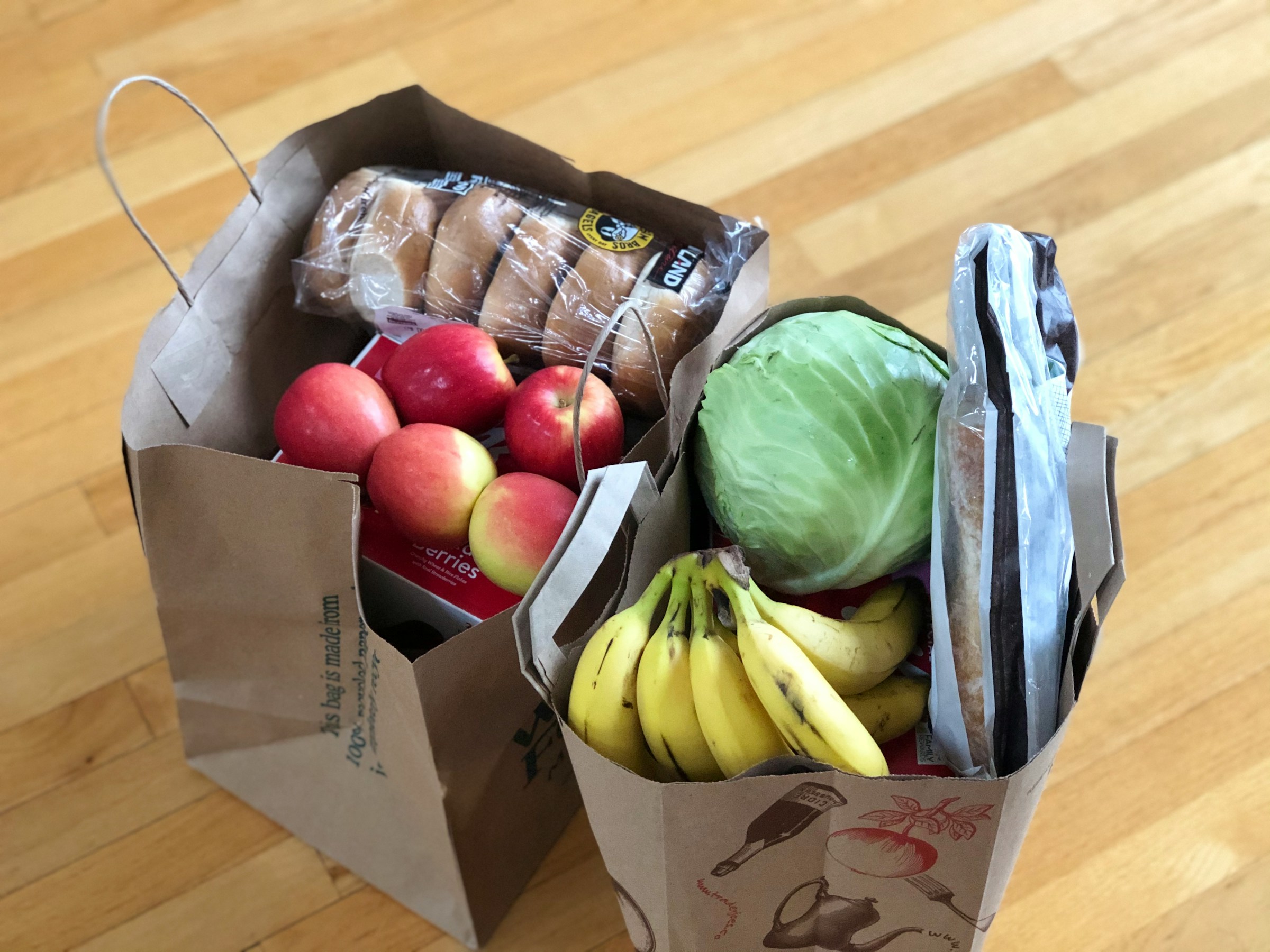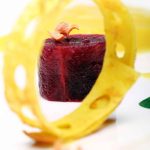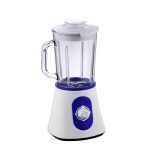Ultimate Guide to Choosing the Perfect Vacuum Sealing Food Storage Bags for Maximum Freshness
When it comes to preserving the freshness and quality of your food, vacuum sealing is one of the most effective methods available. However, the success of this method heavily depends on the quality and suitability of the vacuum sealer bags you use. In this guide, we will delve into the world of vacuum sealer bags, exploring what makes them effective, how to choose the best ones, and some practical tips for their use.
Understanding Vacuum Sealer Bags
Vacuum sealer bags are designed to remove air from the bag, creating a vacuum that prevents the growth of bacteria, mold, and other microorganisms that can spoil food. Here are some key points to understand about these bags:
This might interest you : Discover the benefits of ube latte: a healthy, vibrant superfood beverage
Material and Thickness
Vacuum sealer bags are typically made from a multi-layer material that includes a combination of polyethylene and polypropylene. The thickness of the bag is crucial; thicker bags (usually 4.0 mil or more) are more durable and better at preventing freezer burn and dehydration.
Compatibility
It's essential to ensure that the bags you choose are compatible with your vacuum sealer. Most bags are designed to work with all major brand suction vacuum sealers, including FoodSaver, Nesco, and Seal a Meal.
In parallel : The Ultimate Guide to Selecting a Food Dehydrator That Locks in Flavor and Nutrients
Types of Bags
There are several types of vacuum sealer bags available, including pre-cut bags and rolls. Pre-cut bags are convenient but may not always be the most economical choice. Rolls, on the other hand, allow you to cut the bag to the exact size you need, reducing waste and saving money.
Key Features to Look For
When selecting vacuum sealer bags, there are several features you should consider to ensure you get the best for your needs.
Durability and Puncture Resistance
Look for bags made from durable, puncture-resistant material. Bags with a 4 mil front panel and an embossed back panel offer maximum protection and freshness.
Ease of Use
Bags with easy-tear mouths or perforations make it simple to open and close them without needing scissors, which can be a significant convenience.
Safety and Versatility
Ensure the bags are safe for use in various conditions, such as freezer, refrigerator, and even oven or microwave. For example, some bags are safe up to 425°F and can be used in the dishwasher.
Best Practices for Using Vacuum Sealer Bags
To get the most out of your vacuum sealer bags, here are some best practices to follow:
Proper Sealing Techniques
- Ensure the bag is not overly filled, as this can prevent a good seal.
- Make sure the bag is dry and free of any liquids that could interfere with the sealing process.
- Use the correct settings on your vacuum sealer, such as the "moist" or "dry" setting, depending on the type of food you are sealing.
Storage Tips
- Label the bags with the date and contents to keep track of your stored food.
- Store the sealed bags in a way that prevents them from getting damaged or punctured.
- For long-term storage, consider using bags specifically designed for freezer use to prevent freezer burn.
Comparing Different Types of Vacuum Sealer Bags
Here is a comparative table to help you understand the differences between various types of vacuum sealer bags:
| Feature | Pre-Cut Bags | Rolls | Mylar Bags | Reusable Bags |
|---|---|---|---|---|
| Convenience | Easy to use, no need to cut | Need to cut to size | Easy to use, but often more expensive | Reusable, but may require more effort to clean |
| Cost-Effectiveness | Can be more expensive in the long run | More economical, reduce waste | Generally more expensive | Initial cost higher, but long-term savings |
| Versatility | Limited to pre-cut sizes | Can be cut to any size | Often used for specific tasks like sous vide | Can be used for multiple tasks, including cooking and storage |
| Durability | Varying durability depending on brand | Generally durable, 4.0 mil or more | Very durable, often used for long-term storage | Durable, but may lose seal over time if not cleaned properly |
| Compatibility | Compatible with most vacuum sealers | Compatible with most vacuum sealers | Compatible with specific vacuum sealers | Not compatible with vacuum sealers, used as an alternative |
Top Recommendations for Vacuum Sealer Bags
Based on our research and user reviews, here are some top recommendations for vacuum sealer bags:
AENTGIU Vacuum Sealer Bags
- These bags are 7-layer durable, BPA-free, and compatible with all major vacuum sealers.
- They are designed with an easy-tear mouth and are waterproof and oil-proof.
- Users praise their durability and effectiveness in preventing freezer burn.
FoodVacBags
- These bags are 4.0 mil thick and embossed to prevent freezer burn and dehydration.
- They are versatile and can be used for both food and non-food items.
- They are compatible with almost every brand of vacuum sealer.
Ziploc Endurables
- While not traditional vacuum sealer bags, these reusable bags are a great alternative for those looking to reduce plastic waste.
- They are oven, microwave, and dishwasher safe, and feature a tight seal that stays strong even after use.
- They are ideal for storing leftovers, marinating meats, and other food storage needs.
Tips for Extending Shelf Life
To maximize the shelf life of your food, here are some additional tips:
Use the Right Sealer
- Choose a vacuum sealer that is suitable for your needs. For example, if you are into sous vide cooking, look for a sealer with a double-seal technology to ensure the bags can withstand high temperatures.
Store Correctly
- Ensure that the sealed bags are stored in the right conditions. For freezer storage, keep the bags away from direct contact with the freezer walls to prevent freezer burn.
Monitor and Rotate
- Regularly check your stored food for any signs of spoilage and rotate your stock to ensure older items are used before they expire.
Choosing the right vacuum sealer bags is crucial for maintaining the freshness and quality of your food. By understanding the key features, best practices, and top recommendations, you can make an informed decision that suits your needs.
As Taylor, a contributor to Serious Eats, notes, "A good vacuum sealer should be able to produce a vacuum-sealed bag with a reliable seal that can stand up to months in the freezer and several hours in a sous vide water bath."
By following the guidelines outlined in this article, you can ensure that your food stays fresh for longer, reducing waste and saving you money in the long run. Whether you're a home cook or an avid sous vide enthusiast, the right vacuum sealer bags can make all the difference in your food storage and preservation efforts.










